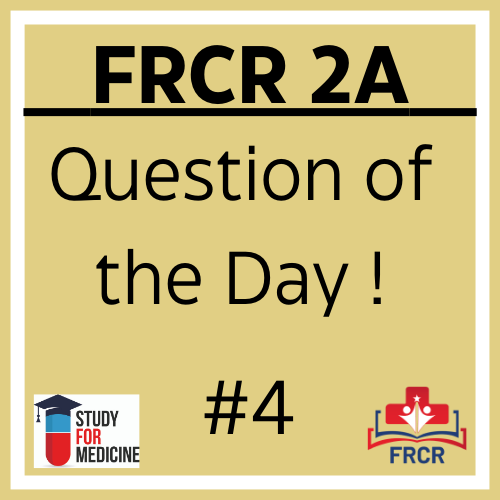FRCR 2A Question of Day #4 : Musculoskeletal
Sept. 30, 2024
Question:
A 25-year-old woman presents with progressively worsening knee pain and swelling. An X-ray of the distal femur reveals a lytic, expansile lesion in the epiphyseal region extending to the subchondral bone with a narrow zone of transition and no periosteal reaction. An MRI shows a well-defined lesion with low signal on T1-weighted imaging and high signal on T2-weighted imaging, with cortical thinning but no breach. What is the most likely diagnosis?
- Osteosarcoma
- Giant cell tumor of bone
- Chondroblastoma
- Aneurysmal bone cyst
- Fibrous dysplasia
Correct Answer: Giant cell tumor of bone
Explanation:
Giant cell tumor of bone (GCT) is a benign but locally aggressive bone tumor, commonly affecting young adults between the ages of 20 and 40. It typically occurs in the epiphysis
this is a dummy text
this is a dummy text



